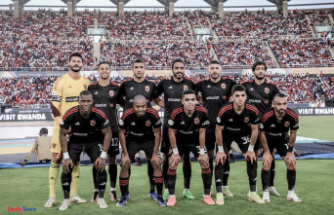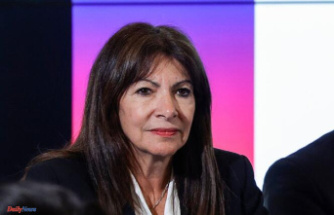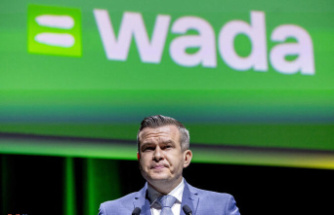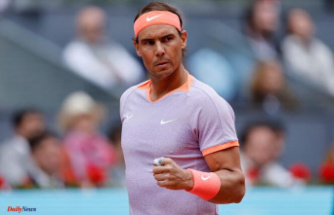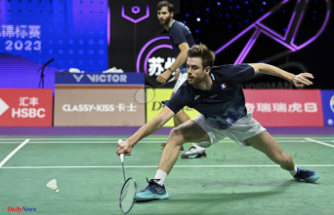Almost two years ago, Fabio Jakobsen was almost dead. He was in a coma after a fall and only had one tooth. Few believe in a future as a professional cyclist. Now he wins a stage in the Tour de France and thanks one person in particular.
Fabio Jakobsen speaks in a calm and monotonous voice. Given his fate, his monologue seems almost casual. But every word fits. "You can think that it's a miracle. It's definitely a special story. Almost a fairy tale," says the professional cyclist. On Saturday evening, the 25-year-old was sitting on the Baltic Sea coast in Nyborg, Denmark, trying to put into words what had just happened. This is actually quite profane: Jakobsen had won the second stage of the 109th Tour de France.
But it is not that easy. Especially not with Jakobsen. On August 5, 2020, the Dutchman almost lost his life. His compatriot Dylan Groenewegen pushed him into the barriers in the sprint final at the start of the Tour of Poland - at a whopping 80 kilometers per hour. Jakobsen was in an artificial coma, underwent umpteen operations, and his shattered face alone required 130 stitches. Today he only has a jaw because the doctors reshaped it from parts of his pelvic bone.
It probably wouldn't have surprised anyone if the racing cyclist Fabio Jakobsen hadn't existed anymore. Many fellow professionals do not recover from falls of this level. And with these were Jakobsen's thoughts in the hour of his greatest triumph. "I'm happy, but the fall made me more humble," reports Jakobsen. "I'm thinking of the riders who didn't make it back. I hope I was able to make some people happy." It's an impressive resurrection from cycling hell to tour heaven.
In addition to his fiancée, his parents, his sister and his teammates, his thanks also go to his osteopath. "He's 85 years old, but I wouldn't be here without him. A lot of muscles didn't work anymore. He knew exactly what he was doing. I'll be forever grateful to him," says Jakobsen. The words of thanks aren't just said because it's just the way to go after such a time of suffering. Every syllable is taken from Jakobsen.
Jakobsen rationally divided his return to life into three stages. First he had to become a normal person again. After all, he could hardly walk at first. Stage two was the way back to the racing bike, and the final part was the development into a top sprinter. "It's come full circle for me. I'm now one of the best sprinters in the world," says Jakobsen. He sounds incredibly proud, but without appearing boastful.
Jakobsen was not at the level he is currently riding at before his fall. He was still a young fellow then - wild, powerful, sometimes impetuous. One of his role models was Mark Cavendish. The Briton is his teammate and has to watch the Tour on TV this year because Jakobsen is better. A difficult reality for Cavendish, who was aiming to set a record this year with his 35th stage win.
As such, there was some pressure on Jakobsen to deliver results and justify his preference over one of the best sprinters in history. He delivered at the first opportunity. "Diamonds are formed under pressure. I can handle it well," emphasizes Jakobsen. It's the first Tour de France of his life, the first real stage.
He hasn't set himself any big goals for the rest of the tour. He wants to take it day by day. In the sprints, Jakobsen meets Groenewegen again, who is also back on the tour for the first time since the fateful day in August 2020. Groenewegen was exposed to a lot of hostility at the time and was also banned for six months: "It wasn't the best time, it was a tough time."


